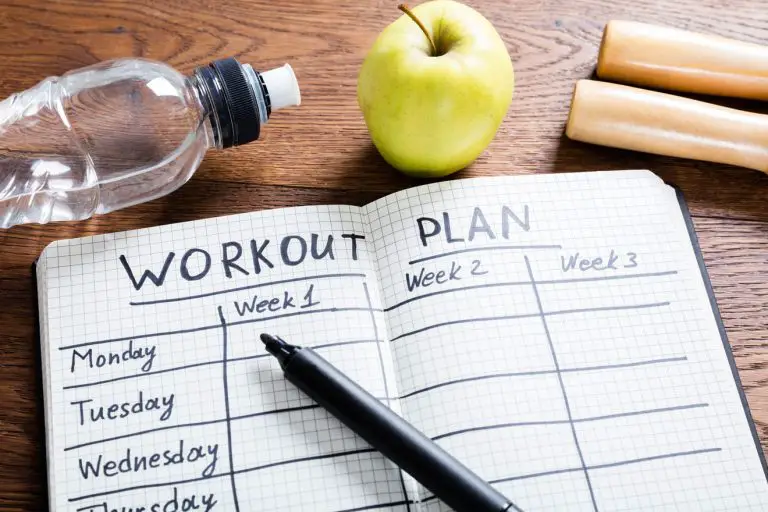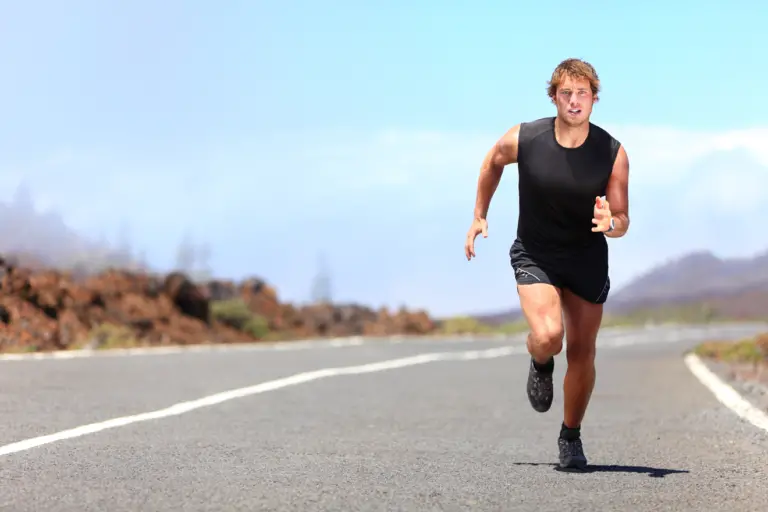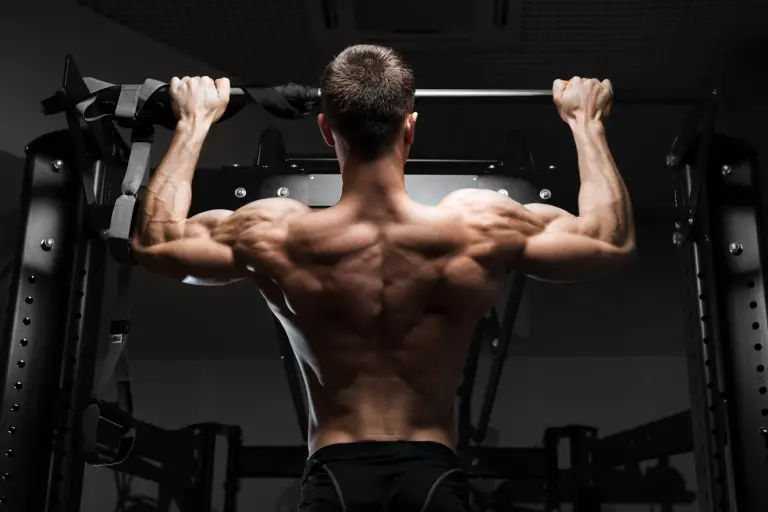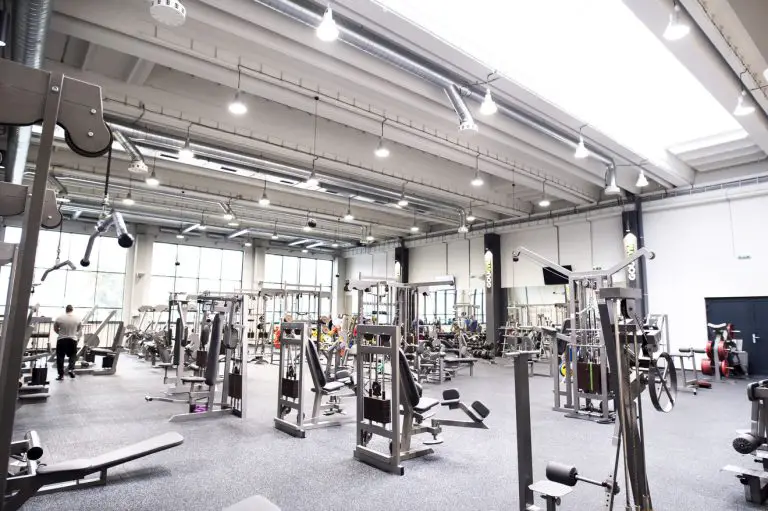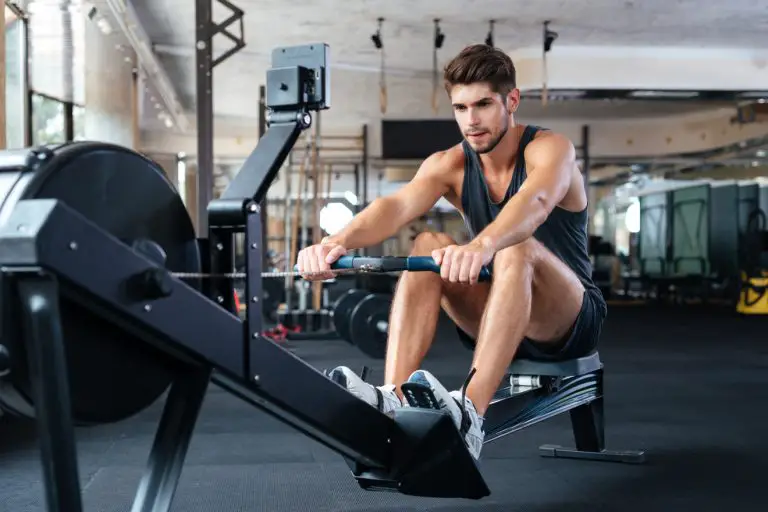Best exercises for strengthening your posterior chain
Key takeaways
- The posterior chain refers to the group of muscles located along the back of the body, running from the neck down to the calves.
- Strengthening the posterior chain is important as this can improve movements you make in daily life.
- Key exercises for strengthening your posterior chain include deadlifts, bridges, extensions, and kettlebell swings.
- Add two to three of these exercises into your current routine so that you can start incorporating posterior chain strengthening into your fitness sessions.
The posterior chain and its importance
The posterior chain refers to the group of muscles located along the back of the body, running from the neck down to the calves. This includes the glutes, hamstrings, lower back, and even the upper back and shoulders. These muscles play a crucial role in almost every movement we make, from walking and running to lifting and twisting. They provide the foundation for balance, posture, and overall functional strength.
A well-developed posterior chain is essential for athletic performance, injury prevention, and improving everyday functional movements. It stabilizes the pelvis, spine, and lower body, which can significantly reduce the risk of injuries, especially in the lower back and knees. However, many individuals neglect these muscles in favor of focusing on the anterior (front) muscles, leading to imbalances that can result in poor posture, muscle weakness, and increased risk of injury.
Strengthening the posterior chain should be a priority for anyone looking to improve their athletic performance or general fitness. These muscles are involved in powerful, explosive movements, and training them effectively can enhance overall strength, power, and stability.
Key exercises to strengthen your posterior chain
When it comes to strengthening the posterior chain, there are a few exercises that are particularly effective. These movements target multiple muscle groups along the back of your body, helping to build strength, improve stability, and prevent injury. Below are some of the most effective exercises to include in your routine.
Deadlifts
Deadlifts are widely regarded as one of the most effective exercises for targeting the posterior chain. This compound movement works the glutes, hamstrings, lower back, and upper back, making it a powerhouse for building total-body strength. The deadlift involves lifting a barbell from the ground, using a hip hinge motion that places emphasis on the muscles of the posterior chain.
When performed correctly, deadlifts are excellent for improving posture, strengthening the core, and increasing muscle mass in the glutes and hamstrings. They are particularly beneficial for injury prevention because they teach you to maintain proper alignment and engage your core while lifting heavy loads. A strong posterior chain is essential for preventing lower back pain, and deadlifts help you build the necessary strength and stability to keep your spine supported.
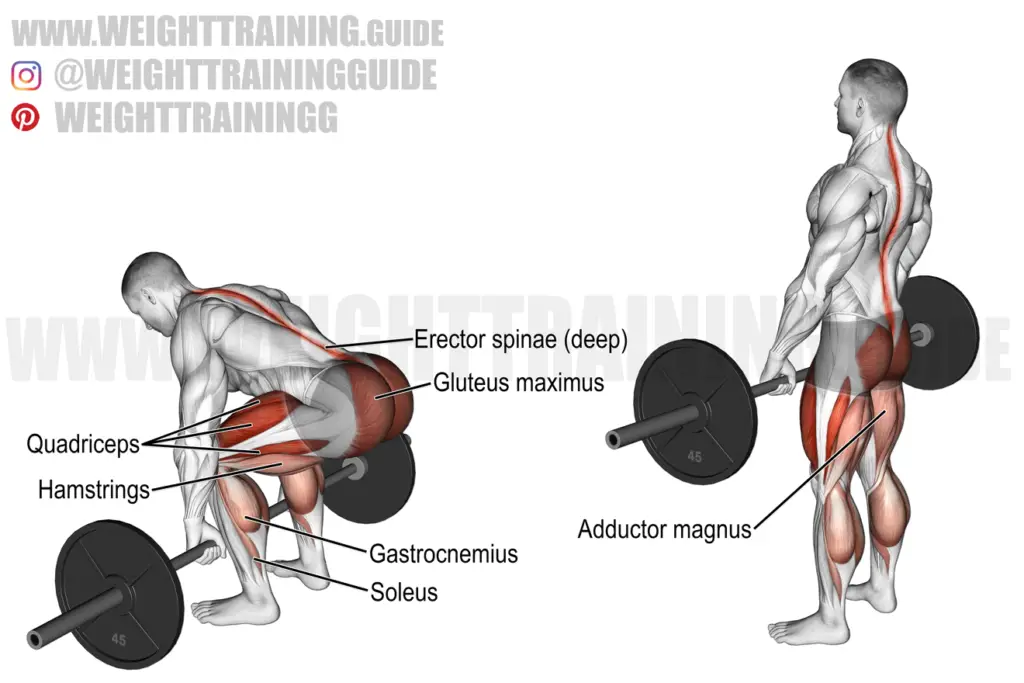
Hip thrusts
Barbell hip thrusts are another excellent exercise for building strength in the posterior chain, particularly in the glutes. This exercise isolates the glutes while also engaging the hamstrings and lower back. To perform a hip thrust, you sit on the ground with your upper back against a bench, roll a barbell over your hips, and thrust your hips upward while keeping your feet flat on the floor.
Hip thrusts also play a key role in injury prevention, as strong glutes contribute to better movement mechanics, stability, and posture. Additionally, hip thrusts enhance athletic performance by improving explosive power, which is crucial for running, jumping, and other dynamic movements.
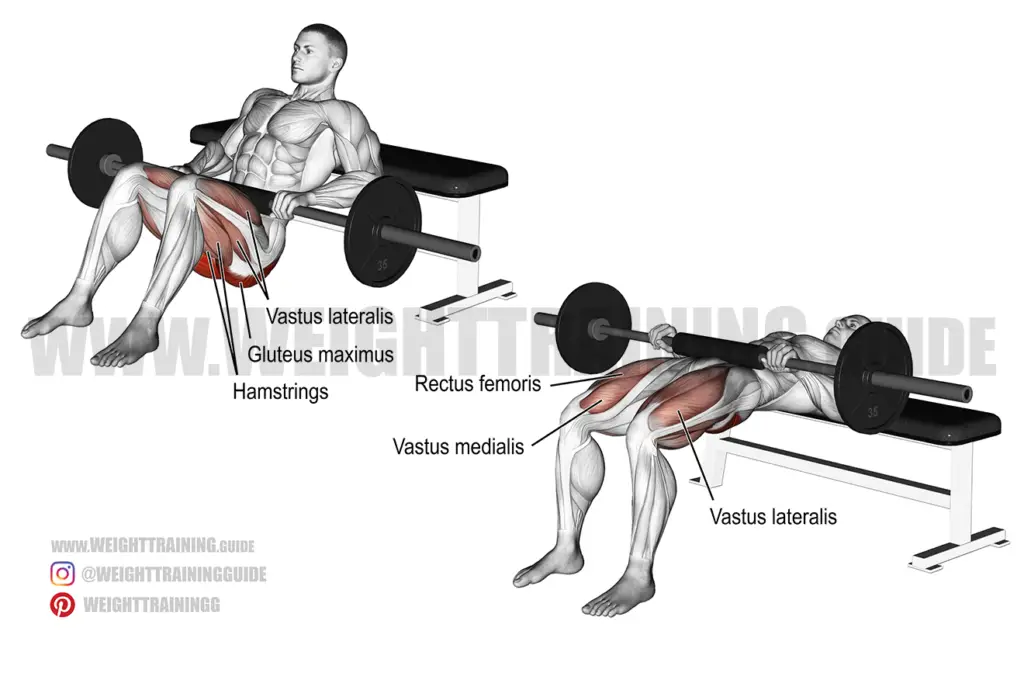
Romanian deadlifts
Romanian deadlifts (RDLs) are a variation of the traditional deadlift, focusing on the hamstrings and lower back. This exercise is performed by hinging at the hips, keeping the legs slightly bent, and lowering the barbell towards the ground while maintaining a straight back. RDLs specifically target the hamstrings, glutes, and lower back, strengthening these muscles through eccentric (lengthening) contractions, which are particularly effective for muscle growth and injury prevention.
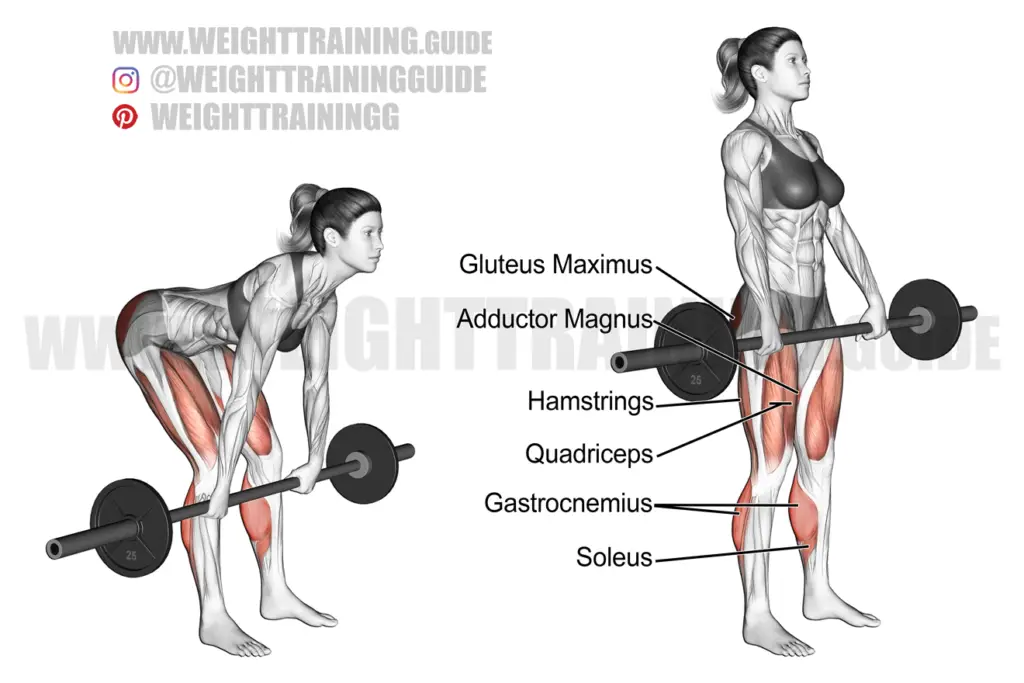
Kettlebell swings
Kettlebell swings are a dynamic, explosive movement that targets the entire posterior chain. The exercise begins by swinging a kettlebell between your legs and then thrusting your hips forward to swing the kettlebell up to shoulder height. This movement works the glutes, hamstrings, lower back, and core, improving both strength and power.
Kettlebell swings are an excellent way to develop hip explosiveness and core stability. The fast, powerful movement required for kettlebell swings helps improve coordination, agility, and athletic performance, making it a valuable addition to any posterior chain-focused workout routine. Moreover, this exercise provides a great cardiovascular workout, helping to build endurance while strengthening key muscle groups in the back.
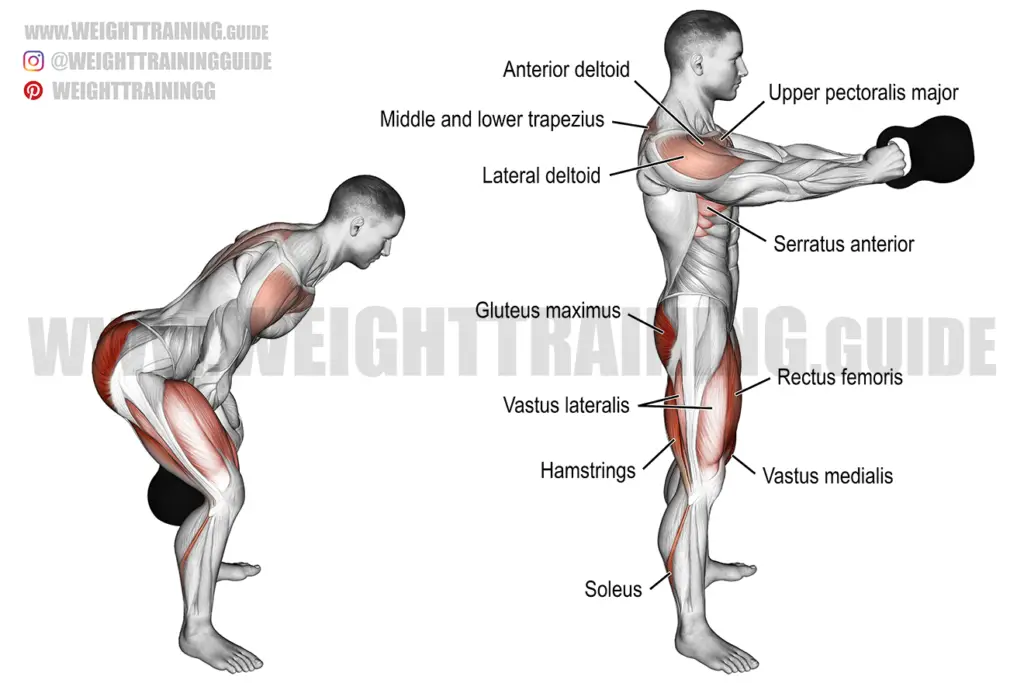
Back extensions
Back extensions, performed on a machine, hyperextension bench, or Roman chair, are a key exercise for strengthening the muscles of the lower back. This exercise involves hinging at the waist and extending the torso upward to activate the erector spinae, which runs along the spine and plays a key role in supporting posture and maintaining spinal stability.
Back extensions are critical for preventing lower back pain, as they strengthen the muscles that provide support to the spine. By improving the strength of the lower back, back extensions help promote proper posture, reduce the risk of injury, and improve overall functional movement. This exercise also works the glutes and hamstrings to a lesser degree, making it a great all-around posterior chain movement.
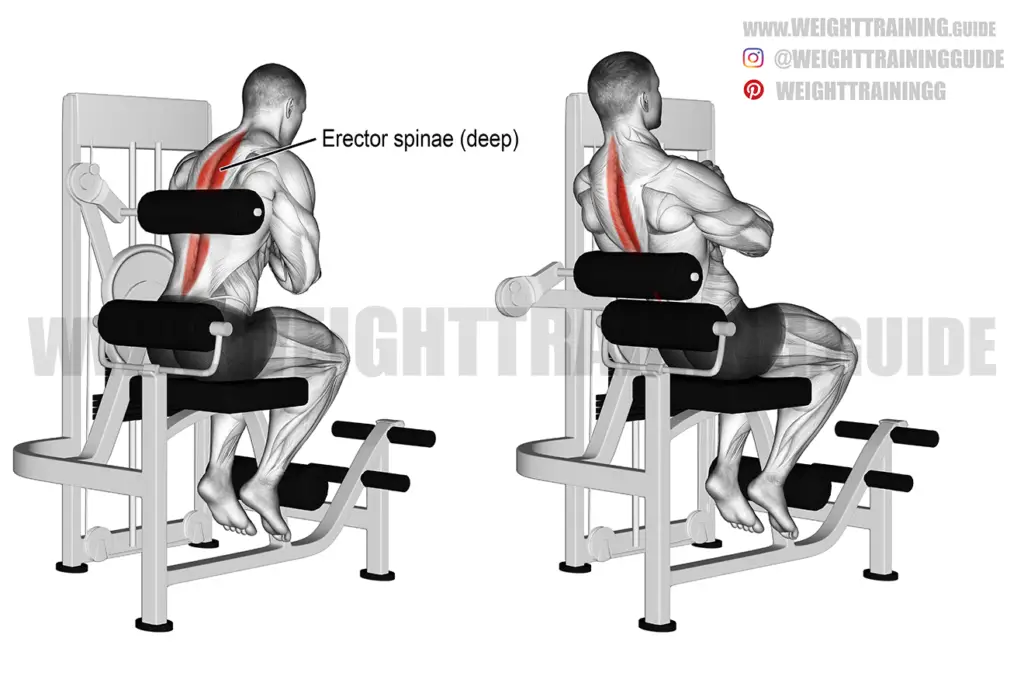
Bridges
The glute bridge is a simple yet effective exercise that targets the glutes, hamstrings, and lower back. This exercise involves lying on your back with your feet flat on the floor and your knees bent. From there, you lift your hips towards the ceiling while squeezing the glutes at the top of the movement, then lower back down.
Glute bridges are beneficial for improving hip extension and stability. They also provide a great way to activate the posterior chain without the need for heavy weights. This exercise can be done using just bodyweight or with added resistance, such as a barbell or resistance band, to increase intensity. Glute bridges help strengthen the posterior chain, improve balance, and prevent injury, particularly in the lower back and hips.
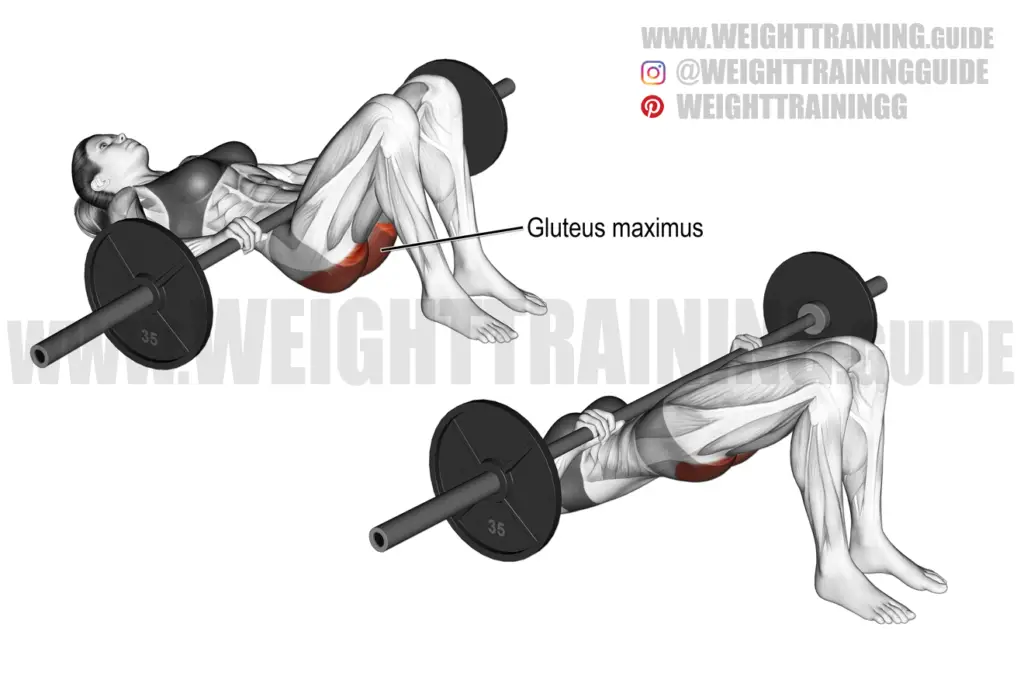
Incorporating posterior chain training
One of the easiest ways to incorporate posterior chain training is to choose one to three exercises listed above and add it to your current routine. To maximize the benefits of posterior chain training, it’s important to incorporate a variety of exercises into your workout routine. Combine different exercises like deadlifts, hip thrusts, and back extensions with mobility and flexibility work so you can develop a balanced and strong posterior chain.
When training the posterior chain, it’s crucial to focus on form and technique to prevent injury. Prioritize controlled, deliberate movements, and gradually increase weight or intensity as your strength improves. Consistency is key, and incorporating posterior chain exercises into your weekly workout schedule can lead to long-term benefits in terms of strength, balance, and injury prevention.
A strong posterior chain for a stronger you
Strengthening your posterior chain is essential for improving overall strength, posture, balance, and injury prevention. By incorporating key exercises such as deadlifts, hip thrusts, Romanian deadlifts, and kettlebell swings into your workout routine, you can target the muscles of the posterior chain and develop the functional strength needed for better performance and injury resistance. Whether you’re an athlete or simply someone looking to improve their fitness, a strong posterior chain will not only help you move better but also support long-term health and vitality.
Written with the assistance of AI. Reviewed and edited by Marielle Livelo.


